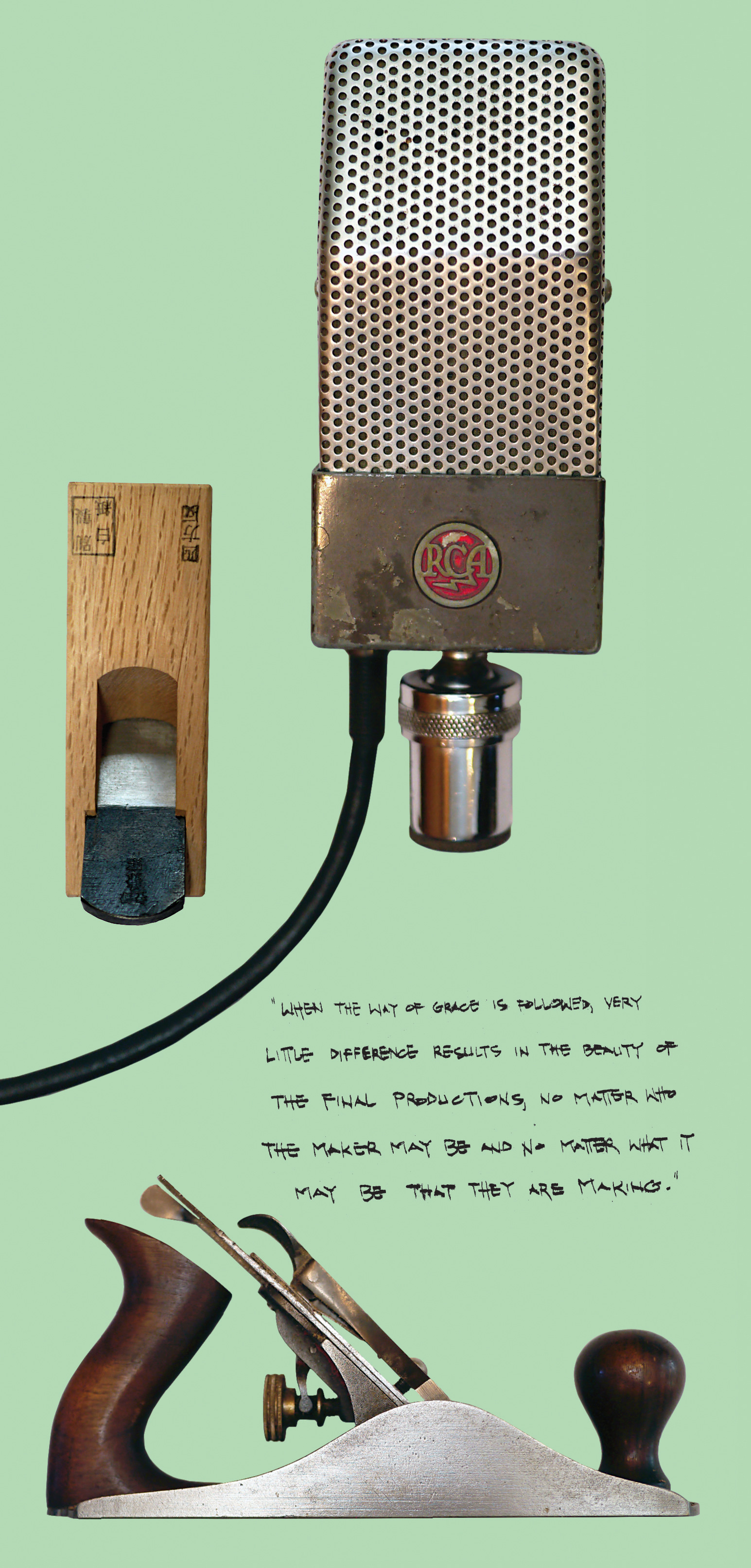In the early years of third-party plug-ins, Poland’s PSP Audioware released the PSP VintageWarmer [Tape Op #29]. Although other saturation titles existed, PSP VintageWarmer was widely praised as a must-have for serious engineers. After decades of research, PSP Audioware introduced the PSP Saturator, promising a significant leap in quality compared to other available options.
Most analog emulators add harmonic distortion across the spectrum. In theory, this seems perfect. Good saturation does involve harmonics. However, real-world gear generates saturation in a complex manner. Historically, software has taken a simplified strategy, often resulting in less than convincing results.
PSP Saturator uses two tactics. First, hardware components are modeled with modern tools and methods. For example, unsophisticated emulators often treat every transistor, resistor, or capacitor as the same ideal item. However, actual electronic parts have response variances, which are reflected by the PSP Audio code. Second, the PSP Saturator avoids a one-size-fits-all solution by employing different processing among three frequency groups. The low frequency processing algorithm focuses on low frequency distortion and head bump (low frequency ripple associated with tape speed). The high frequency processing algorithm contributes a tape-like compression affecting the spectrum’s upper end. Finally, the full frequency section provides eight distinct non-linearity profiles, including tube, analog tape, diode-based, and digital clipping.
PSP Saturator includes many presets. I like example settings because they reveal different ways to use a plug-in. It shortens the learning curve, allowing me to tweak as the project requires. Speaking of knob futzing, there are some welcome inclusions. Analog-style VU meters can display Pre, drive (Drv), and Post signals. The Mix (wet/dry) adjustment can be exceedingly helpful, too. For example, dial in a heavily saturated setting, and then use a small Mix percentage to float it beneath the unprocessed source.
Moreover, I found the best thing to be the secret panel. In the upper right of the I/O section is the word Open. Pressing it reveals a circuit board graphic with five functions I often adjust: Fat (more on that later), Sidechain HPF, Smooth (which influences the time response of the main saturation algorithm), Makeup, Pre/Post mode, and HPF.
On various songs, I found that by taking the time to consider what I want to do, where that might live in the frequency range, use the appropriate controls, get a sound, then pull back on the settings gets me the best results. PSP Saturator is excellent on complete mixes, but if someone wants to take the time to put on submix buses and individual instruments, measured settings can transform a mix from the ground up.
My concerns with the PSP Saturator lay in two areas: render options, and risk to those who use it. First, humans seem to have hardwired brains that believe “more is better.” Thus, PSP Saturator can be very easy to abuse. Suppose your monitoring system doesn’t accurately represent the lowest octaves (or even reproduce them). In that case, the odds are high that you’ll be adding content that might sound good on limited speakers but could be distorting on full-range systems. Also, adding too much to the lows will turn a kick drum into a flubbing ball that is more splat than solid. Too much high frequency algorithm is a double no-no. Upper mids become harsh, while the highest ranges lose air, ambiance, and silk. With many listeners relying on earbuds, phone speakers, or ear-level car tweeters, your track will be associated with the skip button in short order. Finally, think of the overall section as vintage compression. It can round out music akin to some tape setups and make a song sound denser and thicker, but every step comes at the expense of reduced transients. Going too far makes a mix dull, flat, and dead. My suggestions for managing all of these dangers are as follows: Dial in what you think sounds good. Then, back off the settings. Take advantage of the A/B parameter savers in the PSP Saturator’s GUI. Then step away. Take a few minutes. Listen to the more conservative settings first. Then switch to the aggressive ones. It should be evident if you went too far. Of course, having a full-range system and consumer-grade reference speakers could be the last validation stage.
PSP Saturator includes the FAT feature common among many of PSP Audioware’s titles. FAT stands for Frequency Authentication Technique, which significantly reduces aliasing. Extra care must be taken since warmth emulators and brickwall limiters are particularly susceptible to this phenomenon. To oversimplify: alias signals are unwanted distortion artifacts reflected back into the source. These artifacts rarely land as desirable harmonics – meaning static or worse. Any processing afterward will include unwanted artifacts, and now your robot vacuum is spreading a soupy mess across the floor. In addition, FAT increases the internal sample rate of the PSP Saturator by four, which can be a heavy load on a system. I prefer, when I have the option, to use different internal factors for playback and offline. Leave the sample rate factor at x1 for routine work, and then set it higher when bouncing the final product.
Truly genius people don’t go around telling everyone they’re intelligent; they do “the smart,” allowing results to speak for themselves. Although low key in terms of bragging, PSP Audioware consistently produces plug-ins ahead of their time. I have several analog-type color processors, but there are few in the quality echelon as this plug-in. Provided you devote the time necessary to tailor the setting according to the source, the PSP Saturator can offer convincing “warmth” to whatever digital audio brings.




_disp_horizontal_bw.jpg)